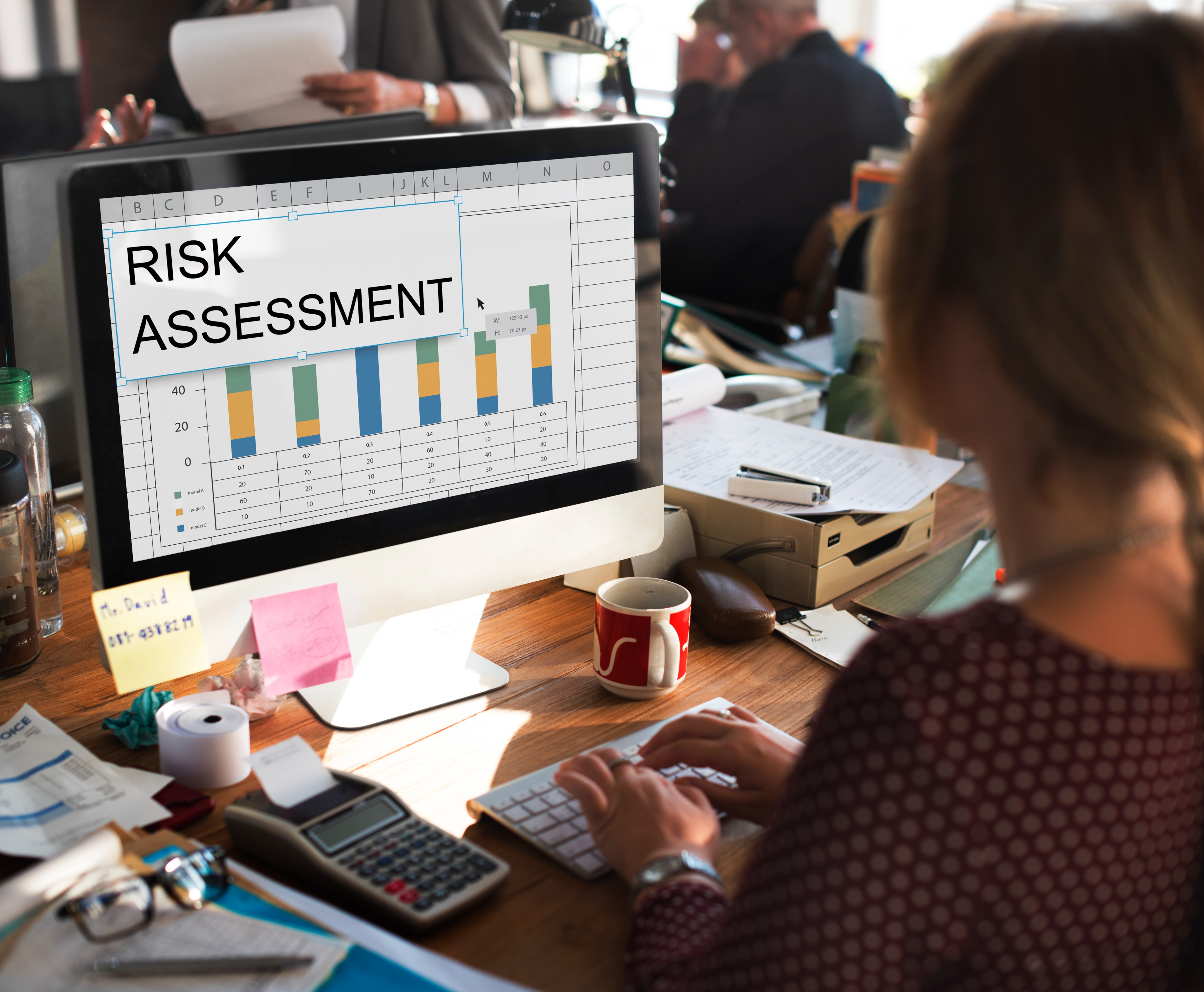Risk Management and Classification

To categorize risks, organizations should first identify the sources of risks, including identifying potential sources of information, data, research and reports that can assist risk owners in identifying relevant and applicable sources of risk, and build risk scenarios based on this information. Examples of risk sources include internal audit reports, regulatory audit reports, historical loss data, financial information, customer complaint data, negative media, recorded hazard events, penalty data, etc.
The organization's risk identification process and all departments and process owners understand these sources to identify their respective risks. Without identifying risk sources and risk scenarios, risks may not be fully or accurately identified, resulting in incomplete risk assessment and management. After a proper understanding of risk sources, key and significant risks are identified. The aim is to guarantee that relevant and important risks are identified and classified according to their nature and type. The classification of risks enables management and process owners to understand the significance and categorization of the identified risks, which can be classified as high, medium or low according to the established risk assessment criteria.
Once risks have been identified and labeled with risk types, a structural and residual risk assessment is performed, taking into account the level of controls in place to mitigate the risks.
Relevant departments and processes are continuously audited and associated risks are often identified as high to ensure that all critical procedures are frequently assessed from a risk management perspective. This is necessary because risk in key processes can result in major financial, operational, reputational and strategic losses.
Risk management has never been more important than it is now. Due to the rapid pace of globalization, the risks facing modern organizations have become more complex. New risks are emerging on a regular basis, many of which are related to or arising from the now ubiquitous use of digital technology.
Request Demo
You can contact us as to our services, integration processes, request demo or customized solutions.

